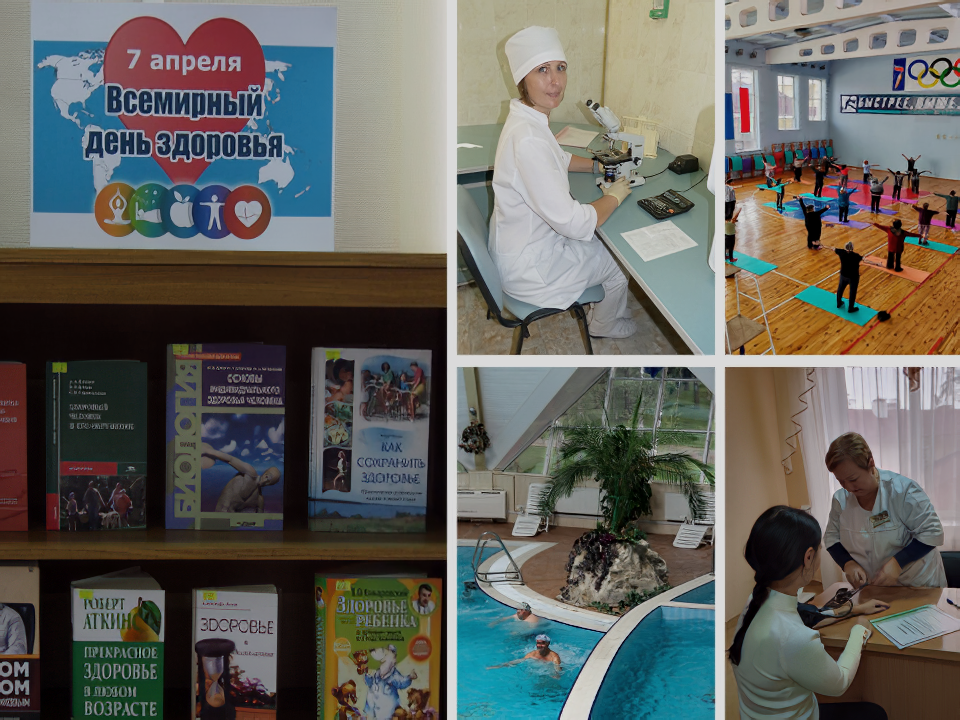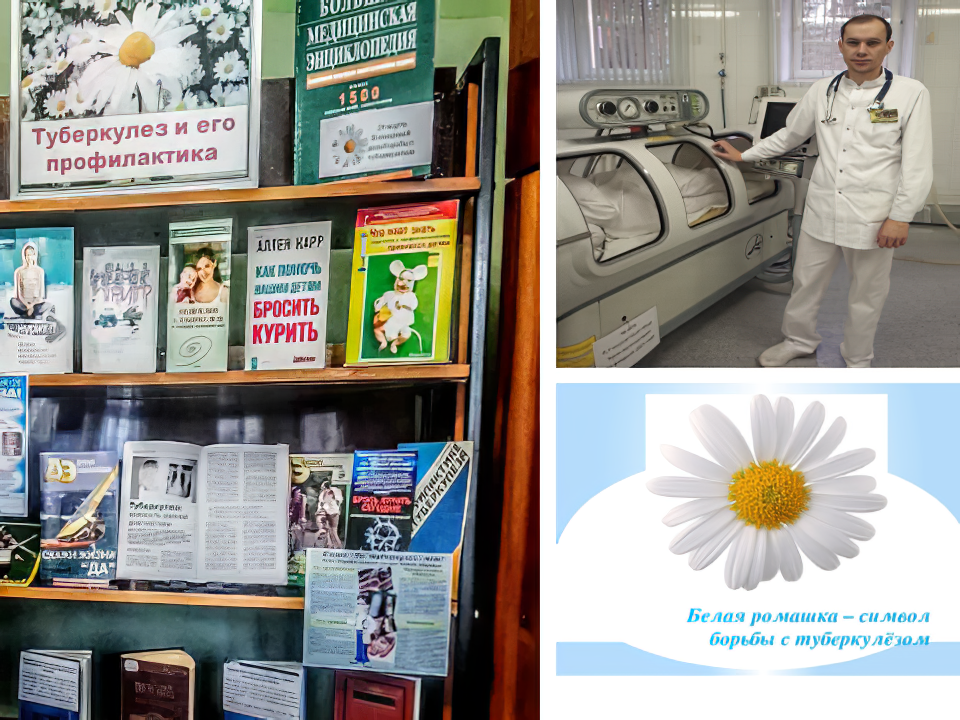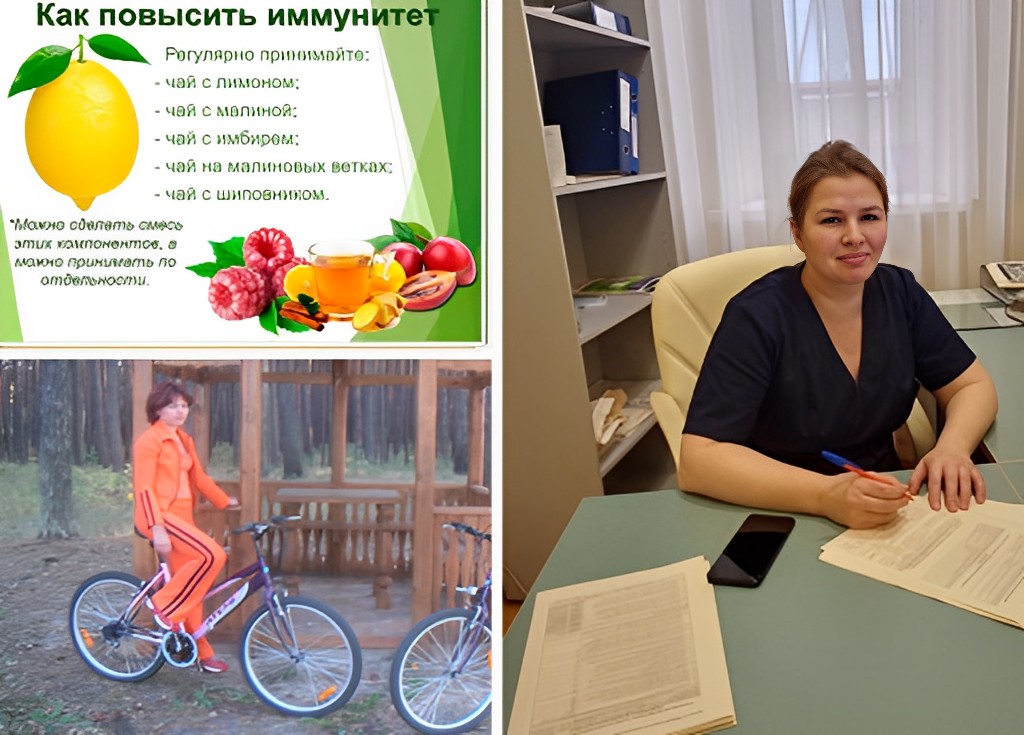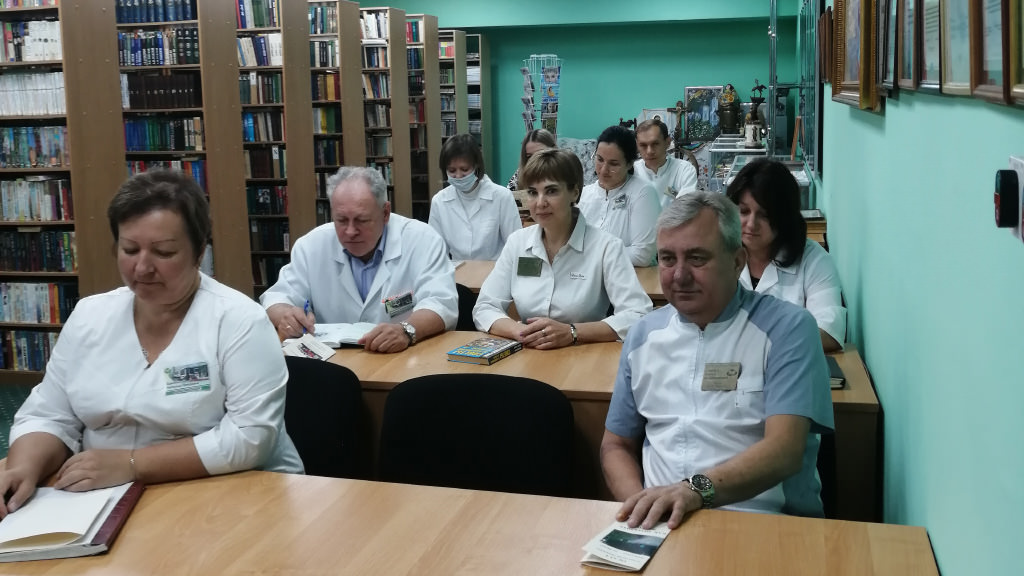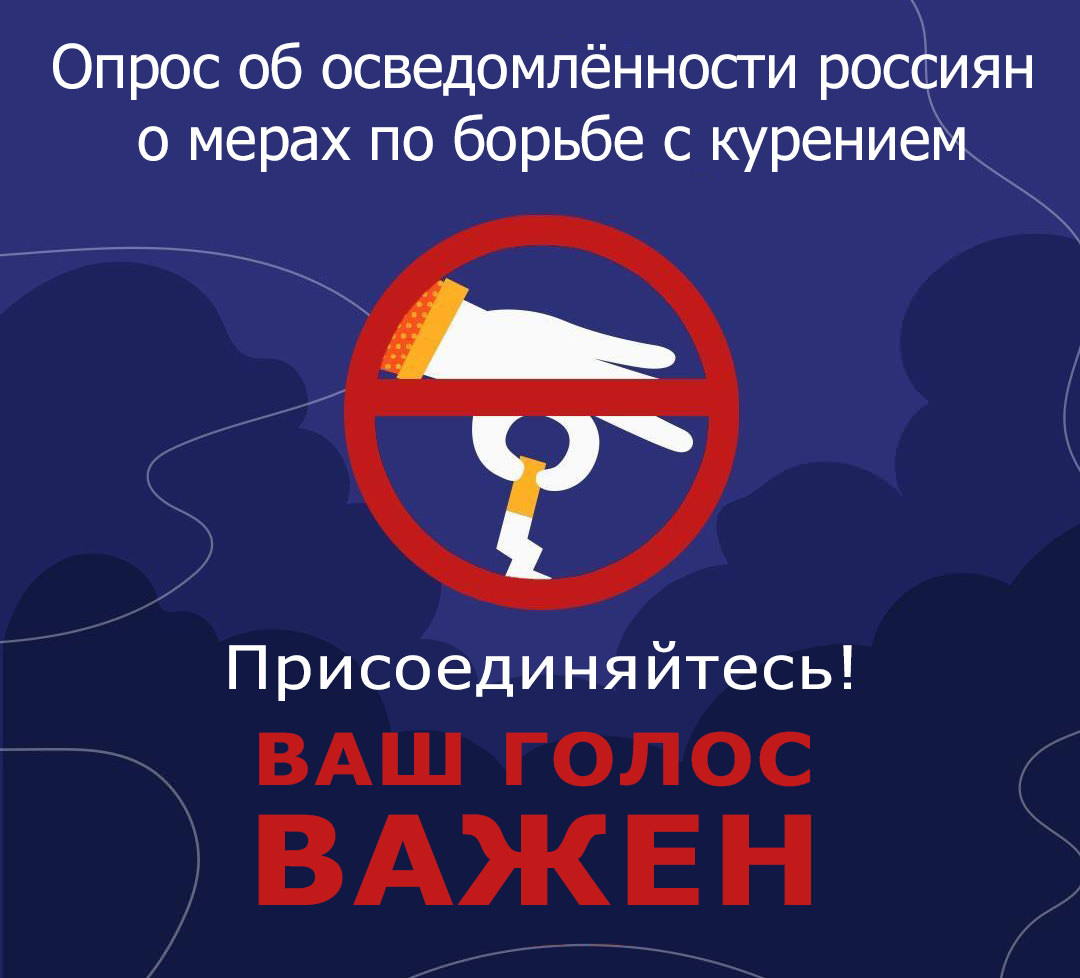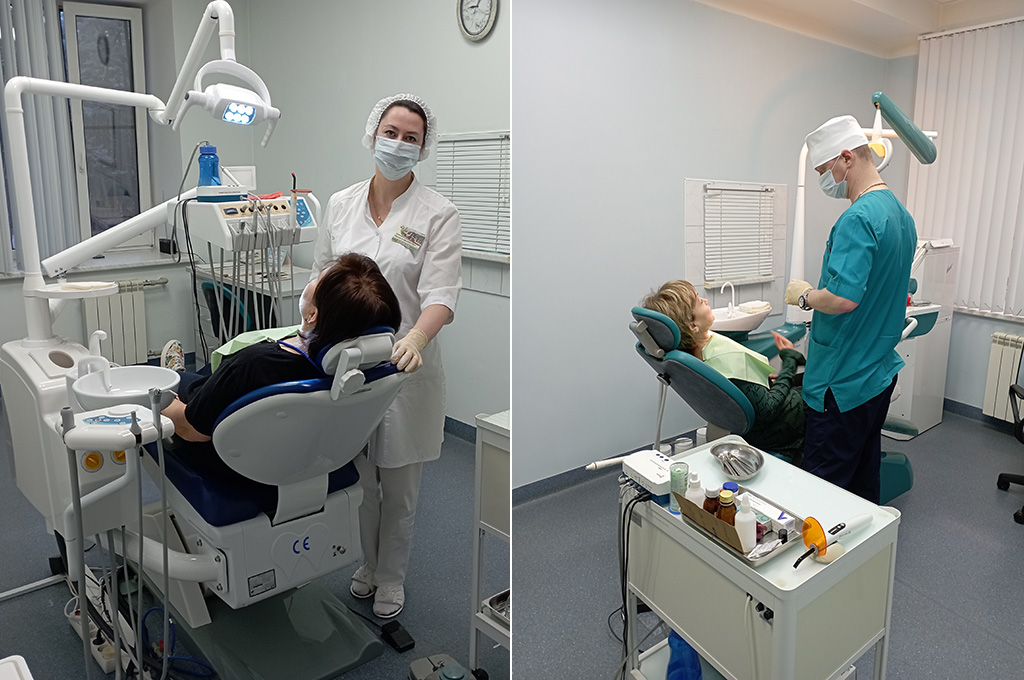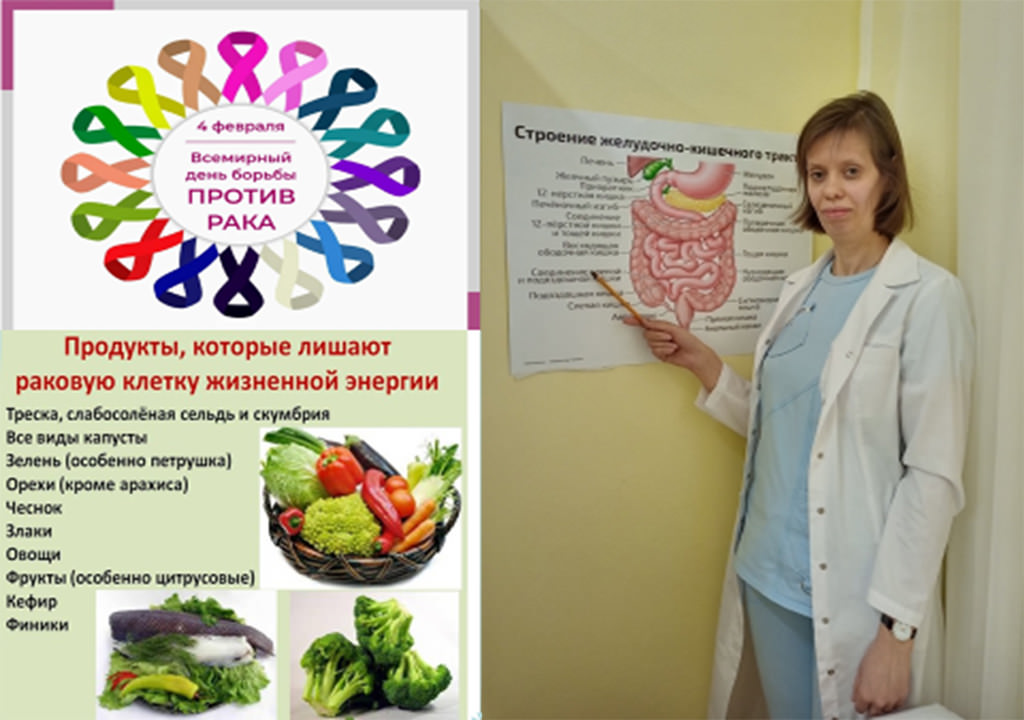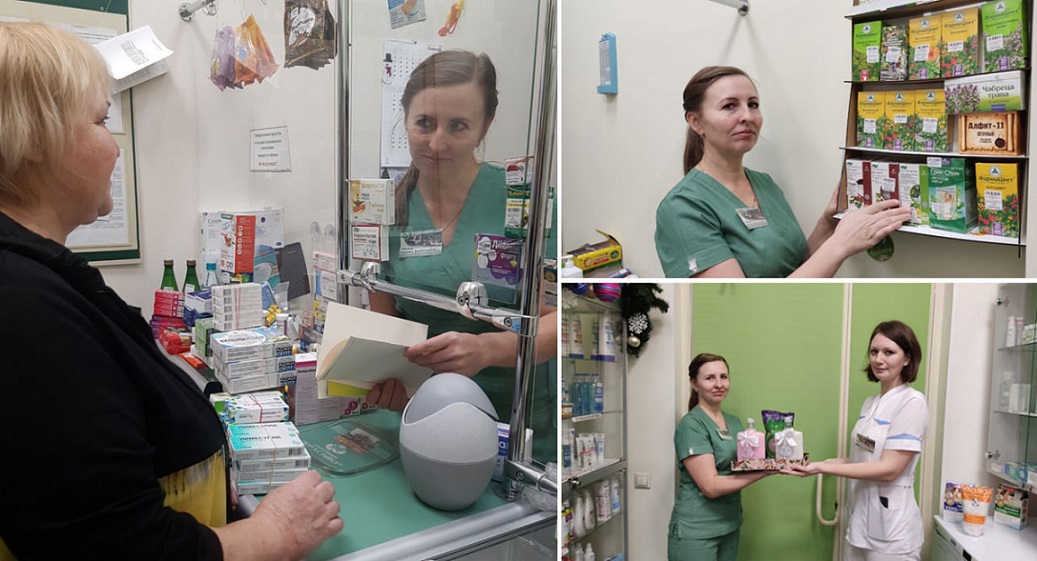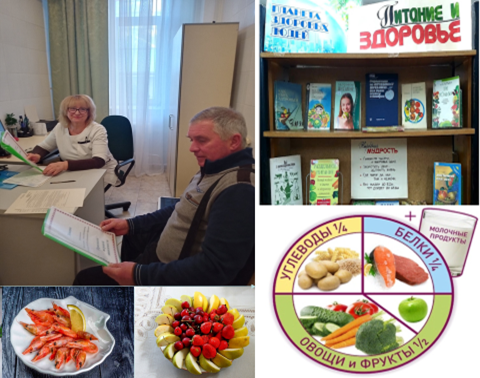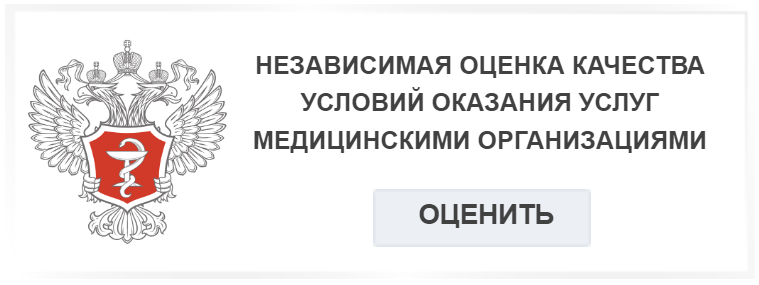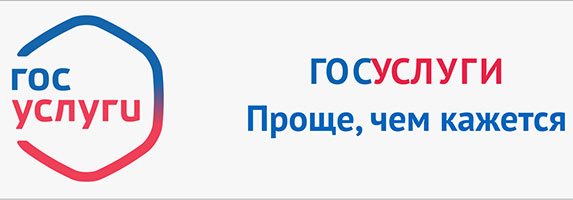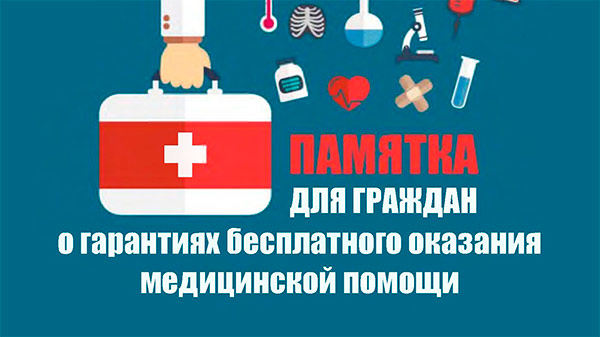World Health Day is an important holiday for everyone who cares about their well-being. In the sanatorium "Krasivo", an infocamp to promote a healthy lifestyle is held throughout the month. The doctors of the sanatorium have prepared lectures, talks, films, videos, booklets and leaflets about physical activity, diet and disease prevention.
A healthy lifestyle contributes to the preservation and increase of the body's resistance to infectious diseases and psycho – emotional stress. Physical and psychological health requires a careful attitude of a person to himself. Doctors recommend thinking about health at a young age. Medical workers urge to adjust the daily routine, balance the diet and free yourself from the captivity of bad habits, as well as engage in daily physical activity. Do not forget about medical examinations.
World Health Day allows us to raise issues every year that affect all of humanity and directly affect our lives. This increases people's interest in activity and longevity.

Every year, on March 24, the World Tuberculosis Day is held all over the world. This year the event will be held under the slogan "Yes! We can eliminate tuberculosis!". Educational meetings are held in the sanatorium "Krasivo" on this day to focus the attention of vacationers on health problems and the need for timely examination.Every year, on March 24, the World Tuberculosis Day is held all over the world. This year the event will be held under the slogan "Yes! We can eliminate tuberculosis!". Educational meetings are held in the sanatorium "Krasivo" on this day to focus the attention of vacationers on health problems and the need for timely examination. Medical professionals prepare lectures and talks, booklets and brochures, films and videos. Healthy lifestyle is actively promoted.
Currently, tuberculosis is one of the most important social and biomedical problems. Tuberculosis affects people of different genders, ages and social status. To protect yourself and your loved ones from tuberculosis infection, it is necessary to remember to observe a number of rules:
- get vaccinated on time;
- undergo an annual fluorographic examination;
- monitor the diet, give the body adequate daily physical activity, giving up bad habits.
The fight against tuberculosis is a task that every person should set for himself!

Every year, in March, the World Immunity Week is celebrated. The sanatorium "Krasivo" hosts events and educational campaigns aimed at raising awareness of vacationers and employees about the importance and features of the immune system. Thematic conferences, talks, and documentaries have been organized, which reveal issues related to strengthening immunity, because the strength of the immune system depends on the lifestyle that a person leads by 50%.
What does a person need to maintain immunity?
- A full healthy diet.
- Quitting smoking and drinking alcohol.
- Careful attitude to your psyche.
- Healthy sleep - at least 8 hours a day in a well-ventilated room.
- Hardening.
- Regular sports and an active lifestyle.
World Immunity Week is another opportunity to emphasize the importance and significance of a healthy lifestyle. By correcting immune disorders in a timely manner, it is possible to prevent the occurrence of diseases of many organs and systems.
We wish you good health!

As part of the information campaign, conversations with vacationers are held, memos, booklets are distributed, videos on video monitors and films about injury prevention are broadcast.
Doctors and nurses disseminate information on relevant topics. Conversations and lectures are aimed at injury prevention. It must be remembered that it is much easier to avoid injuries than to correct the sad consequences. Injury prevention should become part of a person's lifestyle.
Take care of yourself and your loved ones!

World Sick Day has a fixed date - February 11, but is celebrated, as a rule, throughout the week.
The World Day of the Patient is organized for the purpose of information events - educational lectures, conferences and seminars, promotion of a healthy lifestyle.
In the sanatorium "Beautifully" on this day, as a rule, educational meetings are held to focus the attention of vacationers on health problems and the need for timely examination and treatment. Medical professionals prepare lectures and talks, booklets and brochures, films and videos. Healthy lifestyle is actively promoted.
This day is intended both for healthy people and for patients who have overcome serious illnesses and for specialists in the field of medicine. The main reward of doctors is the happy eyes of the people with whom they go through life day after day - this is the greatest merit of the doctor. Of course, such work of a medical worker is worthy of respect and admiration.
We wish everyone good health!

Sanatorium "Krasivo", on the recommendation of the Ministry of Health of Russia, participates in a sociological study devoted to determining the degree of awareness of the population of the country about the harm that smoking causes to the body.
According to the results of the survey, measures will be taken to overcome this harmful habit in society in all respects. We invite you to take a survey and take part in the fight against smoking!

On this day, February 9, it is customary to congratulate those who, with their knowledge and skill, can cure their teeth and suggest how to properly care for the oral cavity using modern means.
In the world, the Day of the Dentist and Dentist has been widely celebrated for more than 30 years. For Russians, the International Dentist's Day is a relatively new date, which was added to the calendar of holidays only in 2001. However, every year the date of February 9 is becoming more and more significant for domestic dentists.
There are 2 specialists working in the sanatorium "Beautifully": Dmitry V. Proskurin - dentist and Oksana A. Kuzmenko – dentist. Almost 4 thousand vacationers are grateful to them for a beautiful smile. The holiday, which is held in the sanatorium "Beautifully", is traditionally accompanied by seminars, lectures, which tell about new achievements, the latest trends in dentistry, and the use of modern technologies in dental treatment and prosthetics. Doctors distribute leaflets, booklets, informational materials.
The need for dentists has existed and always exists. With the development of civilization, these specialists have acquired an even more significant status and now provide high-level services, can please with excellent treatment. We wish them good health!

World Cancer Day is held in the sanatorium "Krasivo" from February 1 to 4.«/p>
Medical workers organized events to promote a healthy lifestyle - thematic conferences, seminars to raise awareness regarding the detection of cancerous tumors. Doctors have prepared films, leaflets, booklets and conversations for vacationers.
Annually about 4 million people can be saved by observing preventive measures. Cancer can be prevented and detected at an early stage, facilitating the healing process. The World Day was established in 2005 to disseminate correct and vital information among the population. And since then it has been an annual event. Today, doctors have all modern technologies in their arsenal for the treatment of oncological diseases.
Currently, cancer is a disease that can be dealt with, which can be treated. Even if you're busy, take the time to get checked out and talk to your doctor. This will help to improve peace of mind. The key word of this disease is "On time". Follow this principle, pass the examination! We wish you good health!

"Pharmacist is your partner in healthcare"
The decision to establish a Pharmaceutical Worker's Day was made at the All-Russian Congress of Pharmaceutical Workers back in April 2014. And at the world level, the holiday is celebrated for the 15th time.
In the sanatorium "Beautifully", the pharmacist's holiday is actively celebrated. The doctors of the sanatorium and the pharmacist prepared meetings with vacationers, informed about the history of pharmacies and the work of the pharmacist. The holiday is held under the motto: "A pharmacist is your partner in the healthcare sector."
The pharmacy of the sanatorium "Krasivo" is one of the structural divisions and is equipped with modern equipment, passes quality control, which allows for retail trade, the release of medicines and other pharmacy products. The pharmacist carries out acceptance control and storage of medicines and other pharmacy products coming into the organization. It's nice to come to our pharmacy. The pharmacist will listen carefully to each client, will be able to offer an analogue of a particular drug, will remind the drug intake scheme. This attitude inspires confidence and a desire to return to this pharmacy. Pharmacists all over the world receive congratulations on Pharmacist's Day. We join and let it be a small, but significant contribution to the benefit of increasing the prestige of this profession.
Happy holidays!

One of the most important components of a healthy lifestyle, more than 50%the determining state of human health is nutrition. Meetings with doctors,explanations, conversations, lectures, printed materials contributed to familiarization withthe basics of healthy nutrition of vacationers of the sanatorium "Beautifully".The occurrence of cardiovasculardiseases, diabetes mellitus, oncology is promoted by an unbalanced diet,replete with simple sugars, saturated fats, extra calories, butdeficient in important nutrients. Aggressive fast food advertising,a giant assortment of processed foods, cleverly constructed marketingretailers are encouraged to overconsumption of harmful products. It is importantto understand this and correctly fill your daily food basket.
There aresimple rules to make the diet not just healthy, but alsooptimal for a particular person:
- The balance between the energy coming from food andits consumption.
- Limitingsalt intake to 5 g per day (1 tsp).
- Consumption of at least 400 g of seasonal vegetables,fruits, legumes.
- Reducing the amount of fat.Don't overeat!
As the ancients said:
"Let foodbe your medicine! Otherwise, the medicine will become food!"


